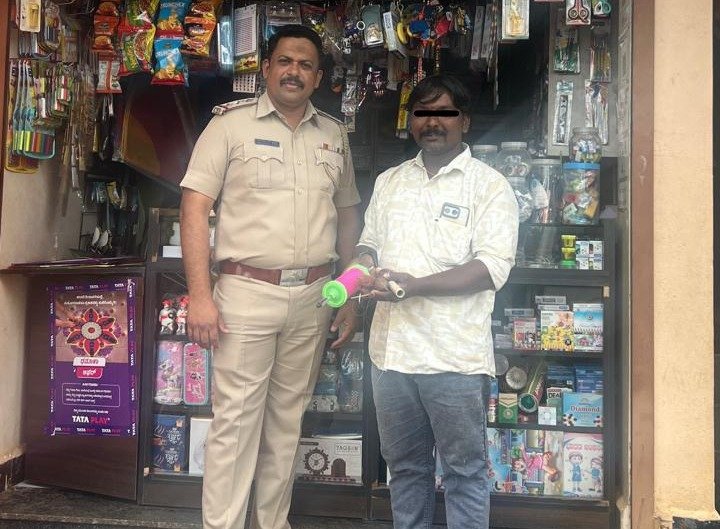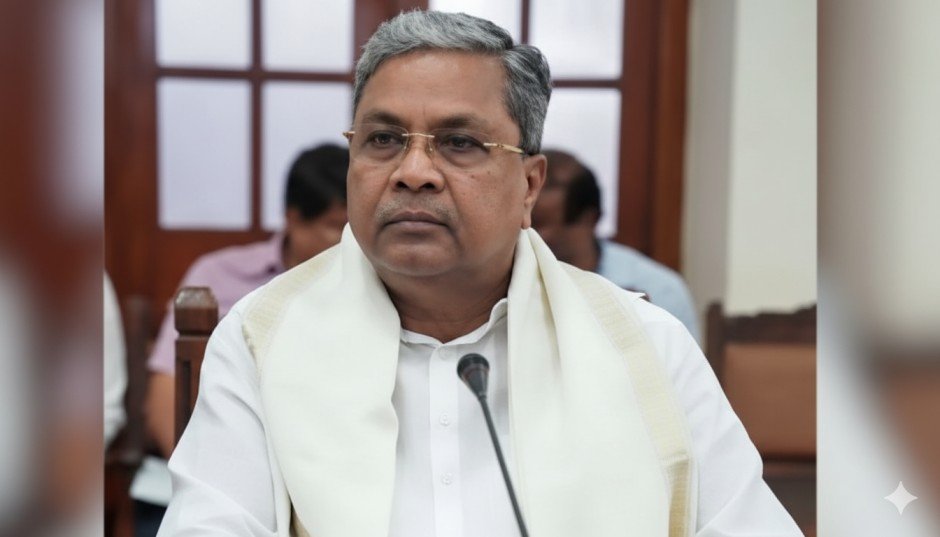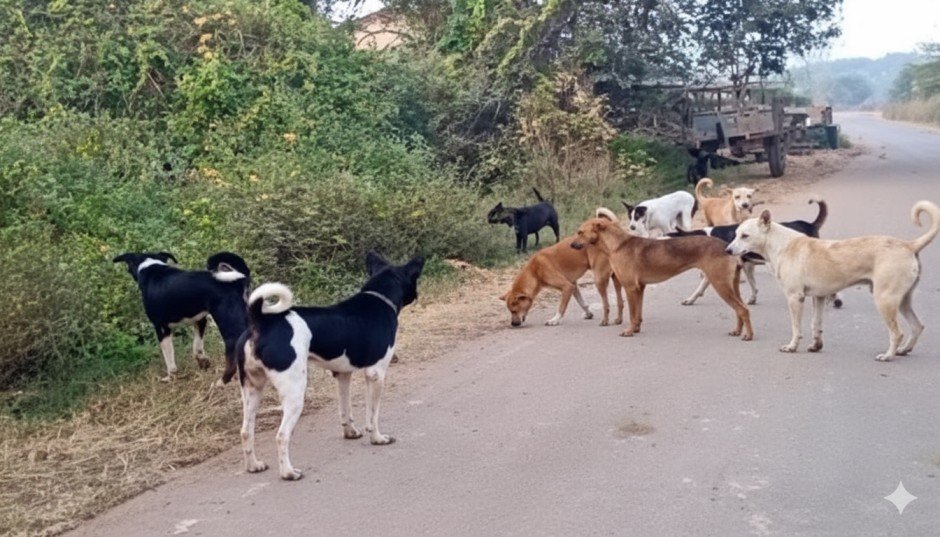
RTI Reveals Massive Overuse of Hidkal Dam Water for Industries

Activist Uncovers Water Misuse
Belagavi: Activist Sujit Mulgund has revealed a serious misuse of water from Hidkal Dam. According to documents obtained through the RTI Act, industries have received nearly 22 times more water than the original sanctioned amount.
For more details : https://timesofindia.indiatimes.com/city/hubballi/rti-revelation-exposes-massive-over-allocation-of-hidkal-dam-water-to-industries/articleshow/121958985.cms
In a letter dated July 6, 2024, the Karnataka Niravari Nigam Limited (KNNL) stated that only 0.1 tmcft of water was meant for industrial use. However, this figure quietly increased to 0.2 tmcft. Additionally, there is a new request for 0.5 tmcft under the Bengaluru-Mumbai Industrial Corridor Project.
Farmers May Lose Crucial Irrigation Support
This increase could directly affect farmers in Belagavi, Bagalkot, and Vijayapura. These regions rely heavily on the dam for irrigation. Mulgund has warned that diverting more water will severely reduce supply for agriculture.
Moreover, this new demand contradicts the statement made by Water Resources Minister MB Patil, who previously said the diversion followed official limits.
Pipeline Work Started Without Proper Approvals
Work on the pipeline began over four months ago. Shockingly, authorities gave no formal approval, issued no tenders, and failed to inform local officials. Farmers only discovered the construction when they saw pipelines running through their fields.
As a result, protests broke out under the slogan “Namma Neeru, Namma Hakku” (Our Water, Our Right). These protests gained momentum quickly, especially in rural areas.
Government Approved Project Despite Objections
Although the Belagavi Deputy Commissioner stopped the work temporarily, the state cabinet later approved the project. This decision frustrated many locals who believed their concerns were being ignored.
Following this, Mulgund submitted additional RTI requests asking for tender details, financial estimates, and approval copies. However, KNNL refused to share this information, calling it confidential.
Hidkal Dam Was Built for Irrigation and Drinking Water
Constructed in 1961 and named after Lal Bahadur Shastri, Hidkal Dam was designed to support both agriculture and drinking water needs. While the dam can store 51 tmcft, only 44 tmcft is usable because of silt accumulation.
Clearly, using this limited resource for industries puts added pressure on the region’s water supply. Farmers are already facing challenges, and further reduction in water access could increase their hardship.
“We’re Fighting for Our Future,” Says Mulgund
“This is more than just a policy issue,” Mulgund said. “It’s a direct threat to the livelihood of thousands of farmers. If we don’t act now, the damage may become permanent.”
He also called for transparency and accountability in all public infrastructure decisions, especially those that impact rural communities.
Read also : Big Relief for Commuters: Kusmali Bridge Reopens July 1







